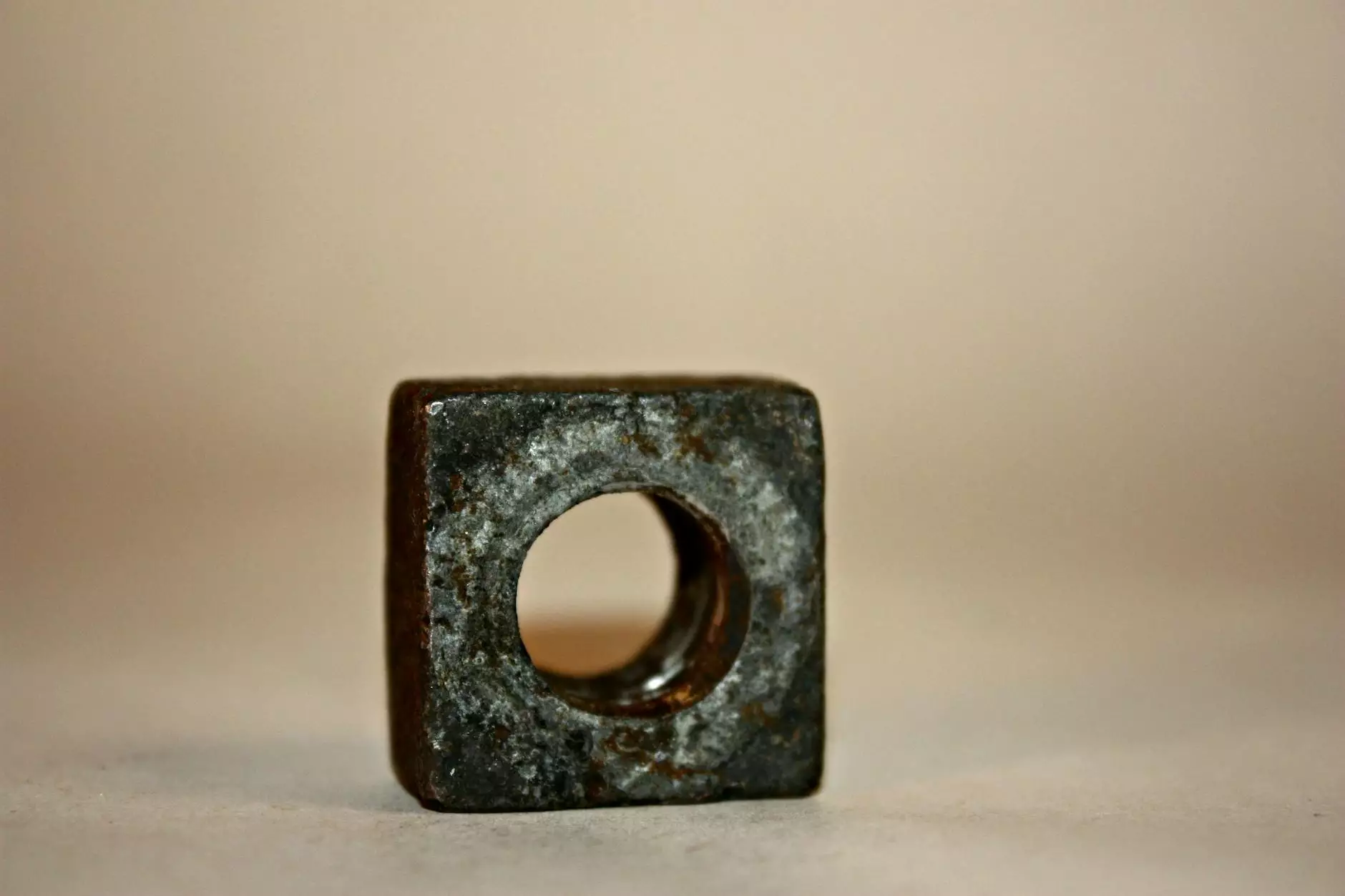Expert Tea Towel Cleaning for Optimal Hygiene in the Kitchen

Tea towels play a critical role in maintaining cleanliness and hygiene in any kitchen, particularly in a bustling restaurant environment. Proper maintenance of these essential items not only ensures food safety but also contributes to an inviting atmosphere for guests. In this comprehensive guide, we will delve deep into the importance of tea towel cleaning, effective cleaning techniques, and tips for choosing the right linens for your kitchen.
The Importance of Tea Towel Cleaning
In the world of culinary arts, hygiene is paramount. Tea towels are frequently used for drying cookware, covering dough, and handling hot dishes, making them hotspots for bacteria and foodborne pathogens. Here’s why proper tea towel cleaning is crucial:
- Prevention of Cross-Contamination: Used tea towels can transfer bacteria from one surface to another. Regular and thorough cleaning minimizes this risk.
- Odor Control: Musty or sour smells from tea towels can ruin the dining experience. Clean towels maintain freshness and pleasant aromas.
- Durability: Regular cleaning and maintenance prolong the life of your tea towels. Investing in quality cleaning practices helps prevent fabric wear and discoloration.
- Enhanced Presentation: Clean, crisp tea towels contribute positively to the overall presentation of your kitchen and dining area.
Types of Tea Towels
Before diving into the cleaning specifics, it’s vital to recognize the various types of tea towels available, as their material affects cleaning methods:
- Cotton Towels: Highly absorbent and versatile, cotton towels are the most common type used in kitchens.
- Linen Towels: Known for their durability and elegant appearance, linen towels are excellent for drying glassware.
- Microfiber Towels: These are excellent for cleaning and polishing, offering fine particle collection.
- Blended Fabrics: Many tea towels are made from a blend of cotton and polyester, providing durability and ease of cleaning.
Cleaning Techniques for Tea Towels
When it comes to tea towel cleaning, there are several methods that restaurants can employ to ensure thorough sanitation:
1. Pre-Washing Considerations
Always inspect your tea towels before washing them. Remove any food particles and rinse them under cold water. This pre-wash helps to prevent stains from setting in.
2. Washing in the Machine
For large quantities of tea towels, using a commercial washing machine is efficient. Here’s a best practice guide:
- Temperature Setting: Use hot water (at least 60°C / 140°F) to effectively kill bacteria.
- Detergent Choice: Select a high-quality detergent that’s effective against food stains and odors.
- Bleach Use: For white towels, a diluted bleach solution can aid in stain removal and disinfection. Avoid bleach on colored towels.
- Washing Cycle: Opt for a heavy-duty cycle for thorough cleaning.
3. Hand Washing
If machine washing isn’t an option, hand washing is also effective:
- Fill a sink or basin with hot, soapy water.
- Agitate the towels in the water to help remove grime.
- Rinse thoroughly under cold water to remove soap.
- Hang or lay flat to dry, avoiding direct sunlight to prevent fading.
4. Drying Your Towels
Proper drying is essential for hygiene:
Machine Drying: Use a high heat setting to ensure all moisture evaporates, which helps decrease bacterial survival.
Air Drying: If possible, hang your towels in a sunny spot; UV rays naturally disinfect fabrics.
Best Practices for Tea Towel Use
To maintain the cleanliness and effectiveness of your kitchen linens, adhere to these best practices:
- Assign Use: Designate specific towels for particular tasks (e.g., drying hands, wiping surfaces) to minimize cross-contamination.
- Regular Rotation: Rotate your tea towels regularly to prevent wear and tear and ensure even cleaning.
- Immediate Cleaning: After use, promptly wash towels that have come into contact with raw meat or fish.
- Frequent Changes: Change out used tea towels multiple times a day in a busy kitchen to maintain hygiene.
Choosing the Right Tea Towels for Your Kitchen
Selecting the right tea towels can significantly impact hygienic practices in your kitchen. Here are some tips:
Material Selection
Invest in high-quality, durable materials. Cotton towels are great for general use, while microfiber towels excel at cleaning and dusting. Linen towels, though more expensive, offer elegance and quality for specific tasks.
Size Matters
Choosing the appropriate size is essential for functionality. Smaller towels are ideal for handling quick tasks, while larger ones are ideal for wrapping, covering, and drying.
Color Coding for Efficiency
Introduce a color-coding system for different tasks. For example:
- Red: Raw meat handling
- Blue: Clean surfaces
- Green: Fruits and vegetables
Conclusion
In conclusion, maintaining a rigorous tea towel cleaning routine is essential for any restaurant or kitchen. By implementing effective washing practices, knowing the best materials to use, and adhering to hygiene standards, businesses can ensure their kitchen linens remain in optimal condition. Not only does this contribute to a cleaner kitchen, but it also enhances the overall dining experience, ensuring guests return time and time again.
For restaurants serious about quality and hygiene, considering a professional linen service can elevate your practices even further. With expert cleaning and maintenance, your kitchen will always be equipped with fresh, clean linens.









